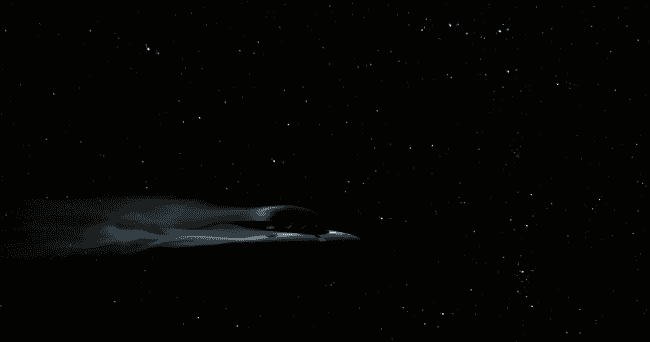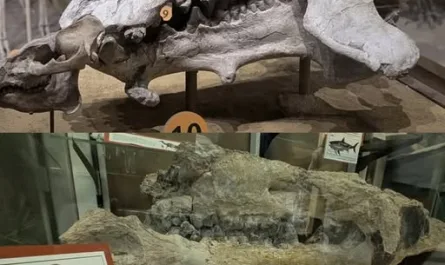In April 1914, inside the locked psychiatric ward of Heidelberg University, a photographer captured one of the most haunting images in the history of outsider art. A woman in a plain institutional dress stands beside a life-sized male figure she has built entirely from the straw of her mattress and the coarse ticking that once covered it. The man has a beard made of frayed cloth, wire-rimmed spectacles, and an expression that is equal parts comical and uncanny. The woman’s gaze is direct, almost defiant. Her name was Katharina Detzel, and the straw man was never meant to be a lover. He was a weapon.

Katharina Detzel was born around 1872 in Luxembourg and arrived in Germany as a young woman with dangerous ideas. She was a socialist, possibly an anarchist, who performed illegal abortions for poor women and, according to some records, once tried to sabotage a railway line used by the Kaiser’s troops. When the state could not convict her of political crimes, it did the next best thing: it declared her insane. In 1907, at the age of about thirty-five, she disappeared into the asylum system, where she would spend most of the next three decades.
Inside the walls, Detzel refused to vanish quietly. She wrote plays, organised small protests among patients, and repeatedly escaped—sometimes for months at a time—before being dragged back. The straw man was one of her boldest acts of resistance. She built him, she later explained, for several reasons:
- To have something to beat when the rage became unbearable.
- To dance with when joy somehow surfaced.
- Most importantly, to hang lifeless from the bars of her cell window as a silent threat to the staff: Keep me in solitary and this is what I will become.
The doctors saw only delusion. They stripped her cell, destroyed her creations, and wrote furious notes about the patient who insisted on “mocking male authority” with her exaggerated, bespectacled straw gentleman. To them, the figure was proof of madness. To Detzel, it was proof of life.
Her work survived because Hans Prinzhorn, a young art-loving psychiatrist, was collecting patient art at Heidelberg during those years. The photograph and fragments of her creations entered what is now the Prinzhorn Collection—one of the world’s most important archives of art made in psychiatric confinement. Today you can still stand in front of that straw man (or what remains of him) in exhibitions and feel the temperature drop a few degrees.
The internet loves a softer version of this story: the lonely woman who built a companion out of hay because she missed human touch. It is a beautiful retelling, and it is not entirely wrong—solitude in those asylums was a slow death. But Katharina Detzel did not build her man out of sentiment. She built him out of fury, out of strategy, out of a refusal to let the institution have the last word on what a human being is allowed to need or to imagine.
She escaped for good in the late 1920s, only to be recaptured in the late 1930s when the Nazis began rounding up “unproductive” lives. Like thousands of other psychiatric patients, she almost certainly perished in the Aktion T4 euthanasia program in 1941. Her exact date of death is unknown.
More than a century later, the photograph keeps circulating—sometimes with the gentle caption about longing, sometimes without any context at all. Each time it reappears, it reminds us how easily an act of rebellion can be mistaken for tragedy, and how completely a woman’s political fire can be rewritten as romantic despair.
Katharina Detzel did not ask to be remembered as a symbol of tenderness. She asked to be remembered as a person who, even when everything was taken from her, still found a way to fight back with nothing but straw and spite.
And that, in the end, is exactly what we see when we look at her standing next to the man she made: not a victim dreaming of love, but a prisoner who refused to lie down quietly in the dark.





